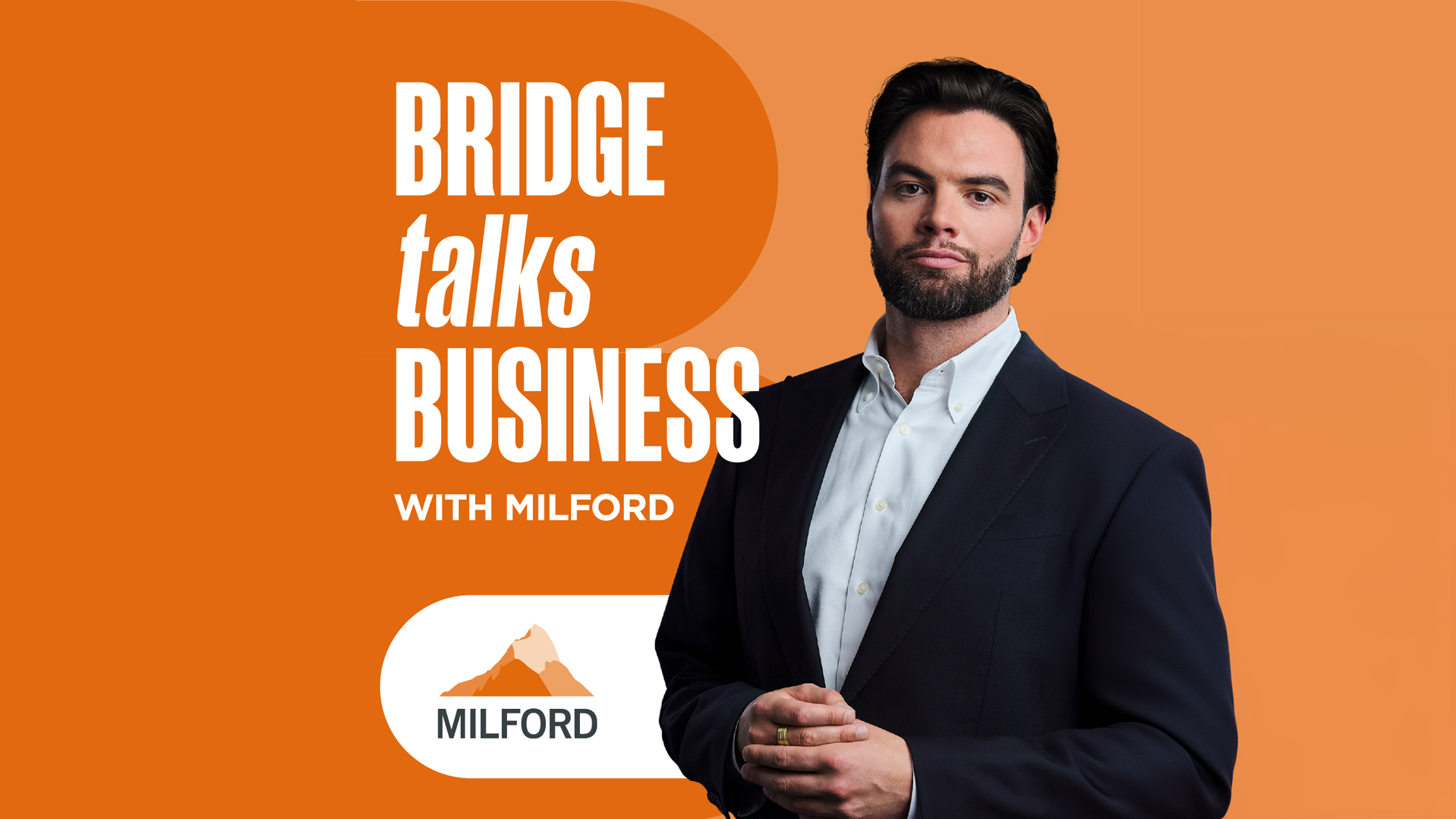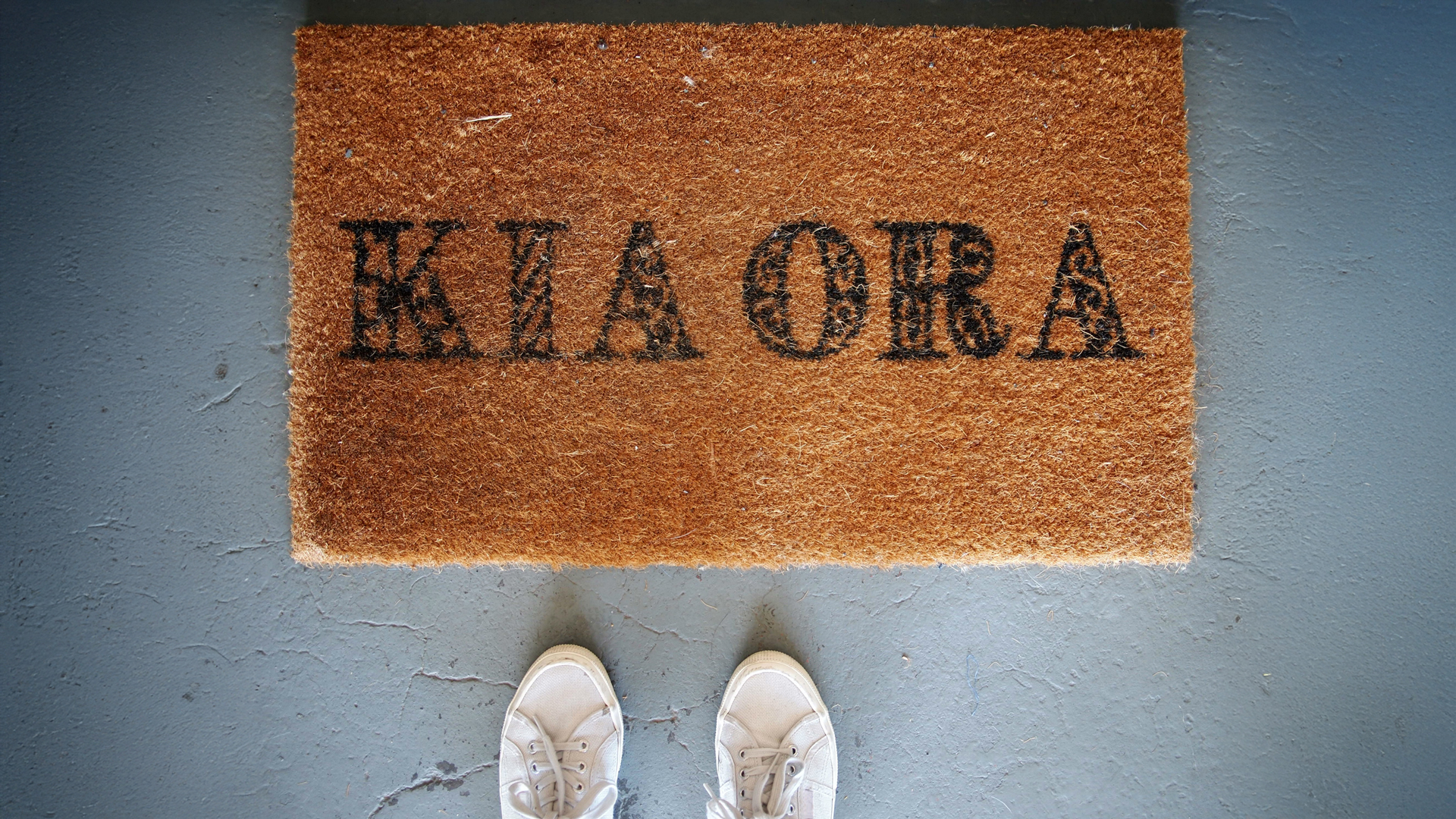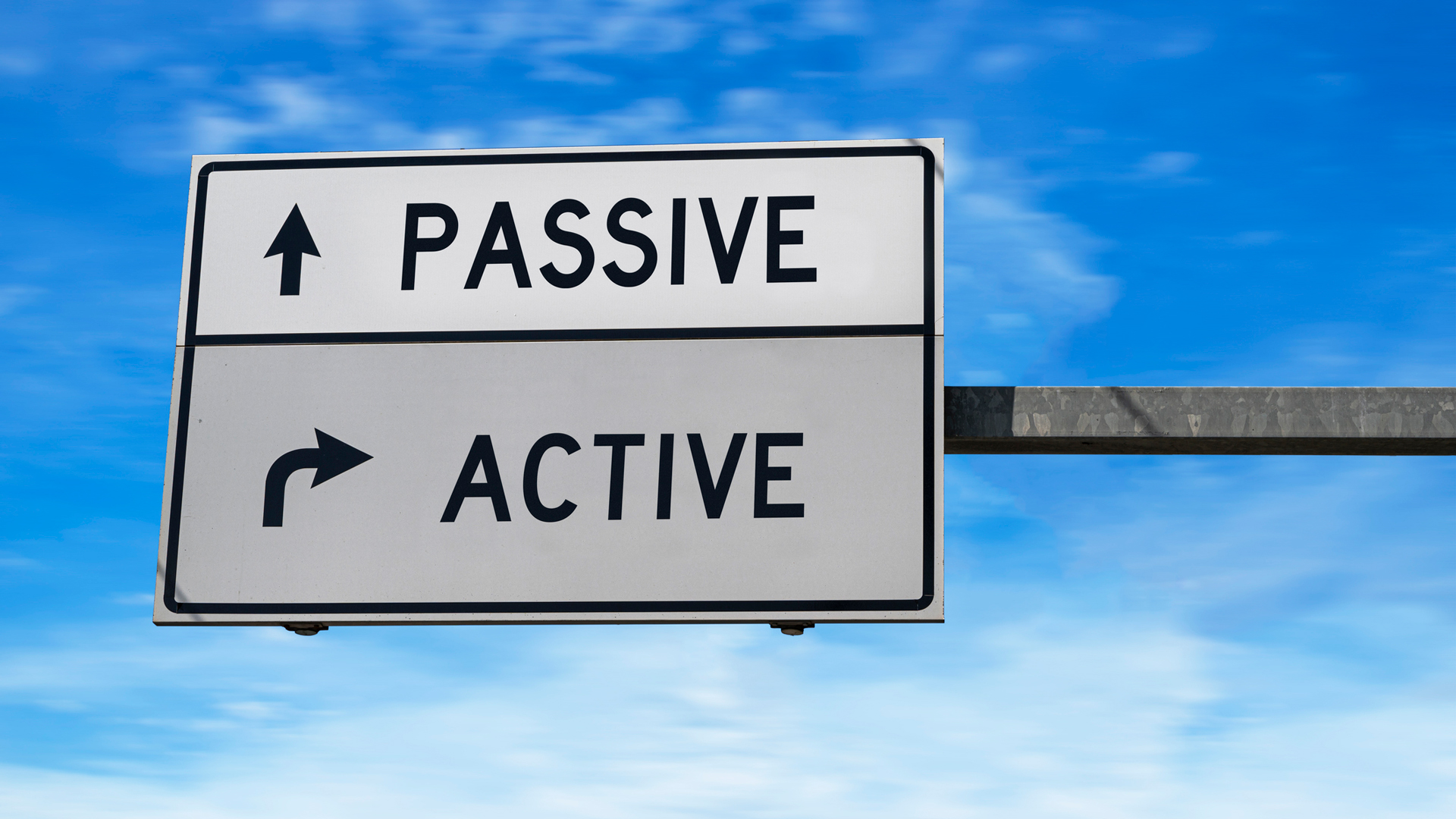This article was originally published in the NZ Herald in January 2023.
With share markets having fallen from their peaks in 2021, now is a good time to make sure your KiwiSaver account is on track.
We’ll explore a few tips look to help you make the most of your KiwiSaver account this year.
Make the most of the Government contribution
In general, if you are a contributing KiwiSaver member aged 18-64 and mainly live in New Zealand, then you should be eligible for the annual Government contribution. The contribution is 50 cents for every dollar that you contribute to your KiwiSaver account, up to a maximum of $521.43 each year. So if you contribute at least $1,043 each year – you will get the maximum government contribution.
It’s worth noting that employer contributions are not taken into account in determining the amount of the Government contribution. The KiwiSaver year runs from July 1 to June 30.
If you’re working full time and contributing regularly out of your wages, you will probably have contributed enough to receive the full $521.43. But if you’re not sure, it’s worth checking with your KiwiSaver provider to find out if you need to top up. If you can afford it, it’s a great way to give your KiwiSaver account a boost.
Handling the ups and downs of share markets
With markets continuing to experience volatility, you may be wondering if there are any moves you should be making with your KiwiSaver account. If your KiwiSaver provider is an active manager, they will be doing their best to take advantage of the opportunities of this changing landscape by adjusting the investments in their funds.
For individual KiwiSaver investors, it’s important to think about the long term and stay the course as best you can. Although it’s difficult to see your investments jumping around in value, continuing to contribute and staying invested through the ups and downs tends to deliver better results over the long term.
Set the right strategy; stick with it
When setting your KiwiSaver strategy, you’ll first want to make sure you’re with a KiwiSaver manager you trust. One that can provide access to advice, offers excellent service and has a track record of delivering strong long-term investment returns. Once you’re comfortable with the KiwiSaver manager, make sure you’re in the right fund, by considering these three things:
- Your investment goals: For example, are you saving for a first home? Are you saving for retirement? Or perhaps you’re already in retirement and using your KiwiSaver to draw an income to help fund your lifestyle.
- Your investment timeframe: Your goals will impact your timeframe. If you’re saving for a first home in the next couple of years, you have a short investing timeframe. However, if you have many years until retirement, then your timeframe is a long one.
- Your risk tolerance: This is how comfortable you are with the trade-off between risk and return. Higher-returning funds are also higher-risk. Are you happy to accept more short-term falls in value if you’re more likely to get higher returns in the long term? Everyone’s risk tolerance is different – if you’re curious about your own, there are tools online to help.
Working through these steps will help you choose the right strategy for you. If you’re not feeling confident at this stage, don’t worry, you don’t have to go at it alone.
Advice can help
Another way to help set and reach investment goals is to seek advice. Whether that’s a Milford Financial Adviser, a financial adviser in your community or one of the online advice tools – advisers can help you set your goal and create the right plan to achieve it.
Research by the Financial Services Council in 2020 showed that New Zealanders who seek advice save more, invest more, travel more and overall have improved wellbeing. It also showed those who get advice have larger KiwiSaver balances than those who don’t and have greater peace of mind and confidence in making financial decisions.
If you’re keen to get started, then check out Milford’s Digital Advice Tools for some expert guidance.


